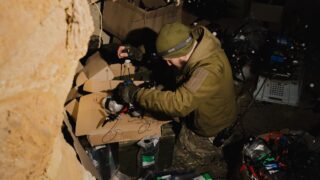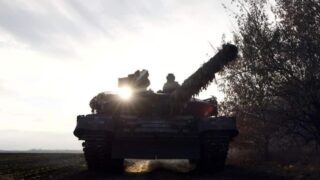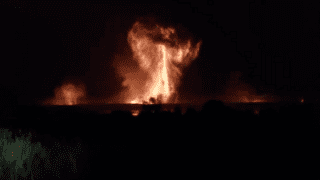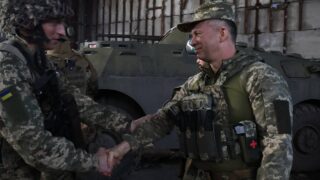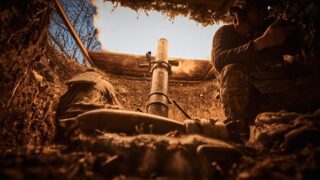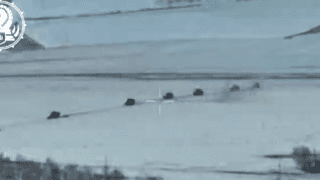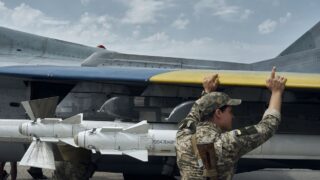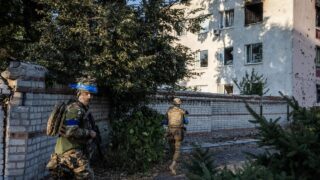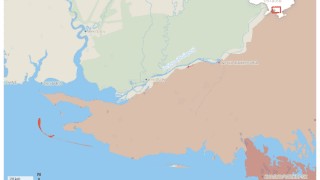Can air-to-air drones break the frontline deadlock?
Video Summary
In recent times, we have seen more stories about Ukraine using drones to target other drones in the air. This is leading to a new form of air-to-air warfare. It’s interesting, because the existence of drones on the battlefield is one of the main reasons why we have a very static situation, where neither side is able to break through. These attack drones give us an idea of how the Ukrainians are thinking about the challenge and how they are trying to find solutions to break the stalemate.
The war in Ukraine is often compared to World War I, where there was also a very static situation on the front line with trench warfare. And it’s actually a good comparison, because what created the very static situation on the front line in World War I was the technological development of the time, where certain weapons favored defensive operations. And back then, it was actually machine guns and more precisely artillery. And it made it very difficult to advance on the battlefield, because it was easy to stay in one’s own trench and use machine guns to shoot at the enemy. But it was very difficult to get out of one’s own trench and charge forward. So, this created a stalemate that lasted for three years, because the arms technology of the time favored the defensive side so much.
Today, we also see the same situation in Ukraine, where the technological development favors the defensive side. And one of the technologies that does this is the use of drones. And generally, one can say that in land warfare, the nature of the game is that it favors the defender. So, you need a two-to-one advantage to make a successful attack. And if it’s a complex terrain like a city, you need an even greater advantage. And that is the nature of land warfare.
On the other hand, in naval and aerial warfare, it is generally the attacker who has the advantage. So, the one who shoots first will usually win the battle. But in land warfare, it is the defender who has the advantage, because they can fight from prepared positions and create obstacles that the attacker must overcome.
The reason we have this problem is that the development of drones has changed the rules of the game. When both sides have a large number of civilian drones, they remove the element of surprise. So, every time one side prepares an attack, the other side will know about it immediately. So, you can’t concentrate your forces for a surprise attack, because they will be hit by artillery fire before they even reach the front line.
So, this situation is leading to a very static situation on the front line, where neither side is able to make progress. And the two key elements that play into this are the drones that create this very transparent battlefield, because they bring surveillance capabilities to the front line, and they are extremely effective. And the other is the need for a lot of firepower, so you can react to what you see. And that’s why we see the very effective combination of drones and artillery in Ukraine, because it gives you both surveillance capabilities and firepower. And that’s also what allows you to try to change the situation, by targeting the enemy’s surveillance capabilities, or by limiting their firepower. We actually saw the effect of this approach a few months ago, when the Ukrainian shell crisis occurred. The Ukrainians still had many drones, so they had surveillance capabilities. They could see the Russians preparing for an attack, but they didn’t have ammunition for their artillery. Suddenly, the Russians were able to make progress. But as soon as the Americans approved the aid package, and ammunition started coming to Ukraine, the Russian advance slowed down.













